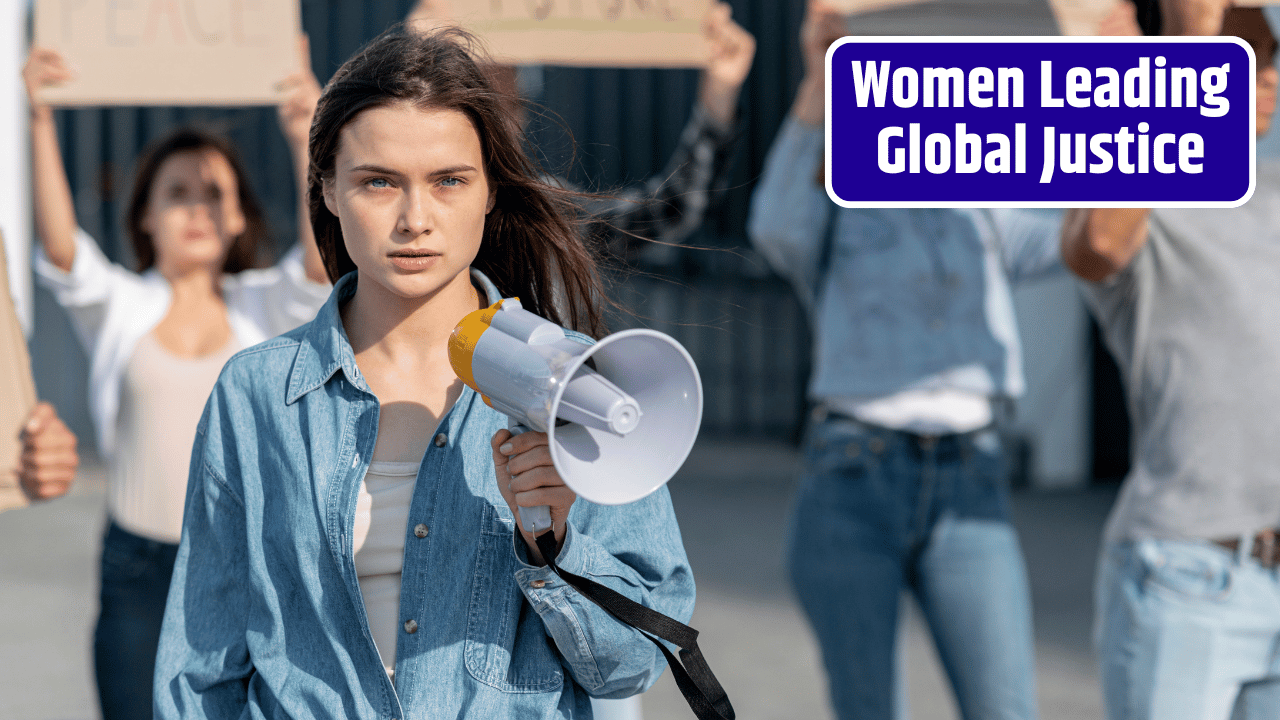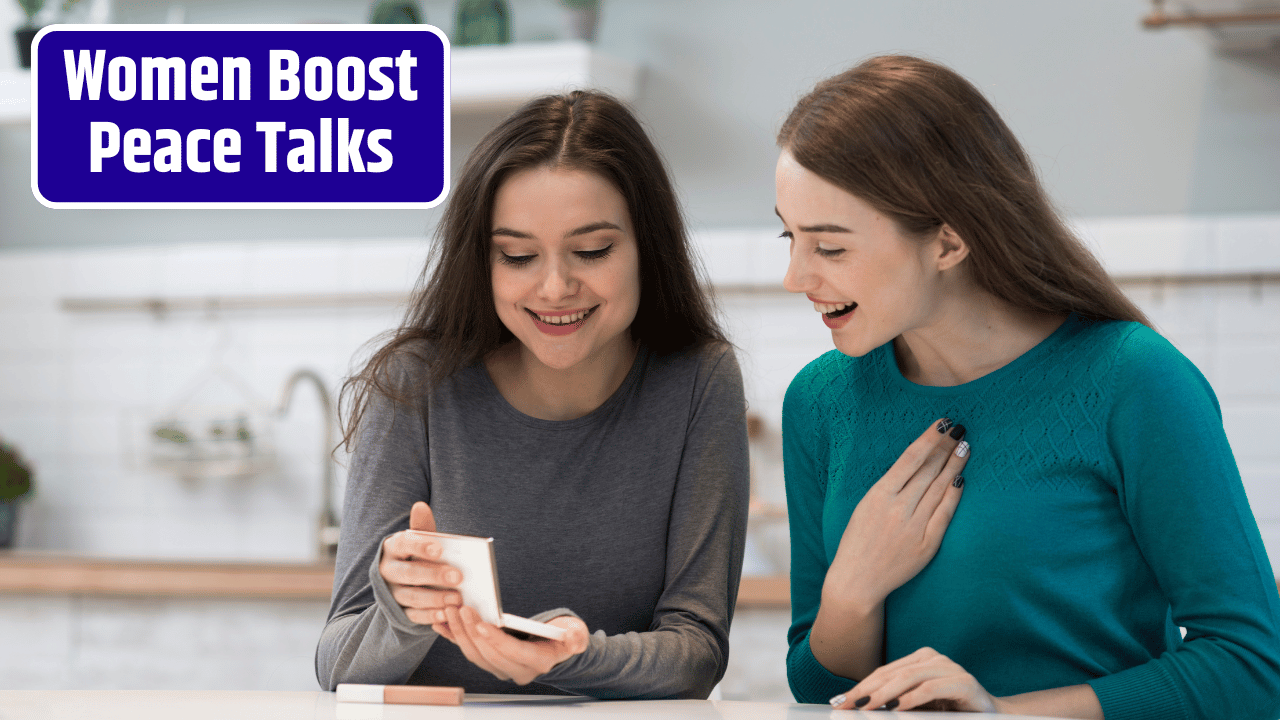It doesn’t make the evening news. It rarely trends. But in dusty village halls, refugee shelters, WhatsApp threads, and street protests — a quiet revolution is pulsing.
And it’s being led by women.
Not celebrities. Not politicians. Not diplomats with shiny bios.
But grassroots women — market sellers, teachers, nurses, farmers, mothers — who are done waiting for justice.
They’re organizing. Negotiating. Demanding. And in many cases, winning.
Table of Contents
Not Victims — Visionaries
When we talk about women in conflict zones, the dominant narrative often paints them as victims. Displaced. Silenced. Helpless.
But that’s a fraction of the truth. The fuller picture? A lot more powerful.
Women have long been the first responders to chaos. When institutions collapse and bullets fly, they’re the ones holding families together, hiding the children, scavenging for food, finding water, burying the dead.
But they don’t stop there. They form networks. Mediate between rival clans. Negotiate prisoner exchanges. Push for justice for the disappeared. Challenge warlords.
They do all this while the formal peace tables — if they exist — carry on without them.
Here’s the irony: the people with the least access to power often have the most influence on peace where it actually matters.
The Grassroots Model: Peace From Below
Forget the polished press conferences and flag-studded delegations. Real change often looks like:
- A women’s circle in a South Sudanese village mediating between tribal leaders
- Syrian mothers organizing across sectarian lines to retrieve detained sons
- Rural Colombian women walking miles to testify about land seizures
- Afghan women smuggling books to girls under Taliban rule
- Congolese survivors of sexual violence opening trauma healing centers
This isn’t theory. It’s strategy. Grassroots peace work is faster, more flexible, and often far more trusted than top-down efforts.
Case Snapshot: Women’s Peace Efforts Across the Globe
| Country | Grassroots Action | Impact |
|---|---|---|
| Colombia | Women’s Route for Peace (Ruta Pacífica) | Documented conflict crimes; shaped reparations agenda |
| DR Congo | Survivors’ networks in Bukavu | Provided trauma support; changed justice norms |
| Sri Lanka | Mothers of the Disappeared | Pushed for international war crime investigations |
| South Sudan | Women-led mediation councils | Reduced inter-ethnic clashes and revenge killings |
| Syria | Women’s House in Qamishli | Local justice, education, and mediation in Kurdish areas |
Fighting on Two Fronts
Let’s not sugarcoat it — grassroots women peacebuilders face double jeopardy.
They’re targeted by armed actors and sidelined by formal power structures.
They often operate with:
- Zero funding (sometimes using their own wages to organize)
- Daily threats to their lives and families
- No formal recognition from governments or institutions
- Cultural pushback for “leaving their place”
And yet, they keep showing up. Because they have to.
Because no one else is going to do it.
Because for many of them, justice isn’t just political — it’s personal.
Justice Isn’t Justice If It’s Silent
You can’t separate peace from justice. Not really.
What’s the point of a ceasefire if nobody answers for war crimes?
What does “stability” mean when women can’t walk safely to market?
Grassroots women understand this better than most. That’s why their work doesn’t stop at peace — it demands truth, reparations, reform, and accountability.
They push for:
- Investigations into wartime sexual violence
- Land return for displaced families
- Education access for girls
- Demobilization of child soldiers
- Gender-based violence laws that actually have teeth
In some regions, they’re the only ones doing this work. And they often face silence from the very institutions built to protect them.
The Global System Still Doesn’t Get It
Here’s the hard part: despite their proven impact, grassroots women peacebuilders remain massively underfunded and under-recognized.
According to UN Women, less than 1% of international peace and security funding goes to grassroots women’s groups.
Less than 1%.
Let that sink in.
Meanwhile, women’s inclusion in formal peace processes still hovers around 13% — and even that’s often tokenistic.
So what’s the way forward?
Turning the Tide: What Needs to Change
If we’re serious about sustainable peace, justice, and real change, here’s what the world needs to start doing:
- Fund grassroots work directly. Cut the red tape. Trust the women who are already doing the work.
- Protect women peacebuilders. Physically. Digitally. Legally. They’re at serious risk.
- Shift power. Include grassroots voices not just in community meetings, but in actual negotiations.
- Tell their stories. Stop centering warlords. Start centering the women who undo their damage.
- Hold governments accountable. Pressure them to include women in all stages of peacebuilding.
FAQs
Isn’t peace work better left to governments and diplomats?
They have their role, sure — but peace imposed from above rarely sticks. Grassroots women bring legitimacy and local insight that outside actors often lack.
Are grassroots women formally trained?
Some are. Many aren’t. But they have experience that’s just as valuable: lived trauma, survival skills, and deep community ties.
What kind of support do these women need most?
Funding, protection, political recognition, and platforms to speak. Most are doing life-saving work with no safety net.
Is this mostly happening in developing countries?
No. Women are organizing for peace and justice in marginalized communities around the globe — from Gaza to Minneapolis.














